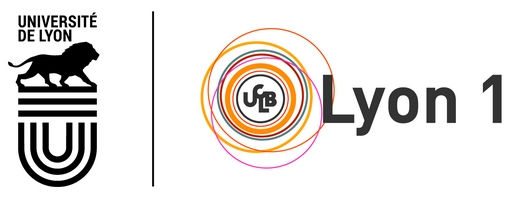Concept
Background and benefits
BER can simultaneously remove pollutants and recover energy from the substrate. Up to now, most studies of bioelectrochemical systems are for treating wastewater. In EiCLaR, the bioelectrochemical system approach will be developed for sites polluted with mixtures of pollutants. With BER, we will target typical soil and groundwater contaminants, including aromatic hydrocarbons (e.g. PAH) or hexavalent Chromium. The studies will consider both electricity generation at the anode and microbial electrolysis that uses a small amount of energy to fuel chosen reactions at the cathode.
A wide range of possible bioelectrochemical reactions have been proposed to occur at either the anode or the cathode potentially. These include anaerobic reductions and oxidations at the anode, but anaerobic reductions at the anode seem less thermodynamically feasible than at the cathode, so the more explicit benefit is the anaerobic oxidations such as the oxidation of hydrocarbons where the oxygen atoms might come from water.
Partners






